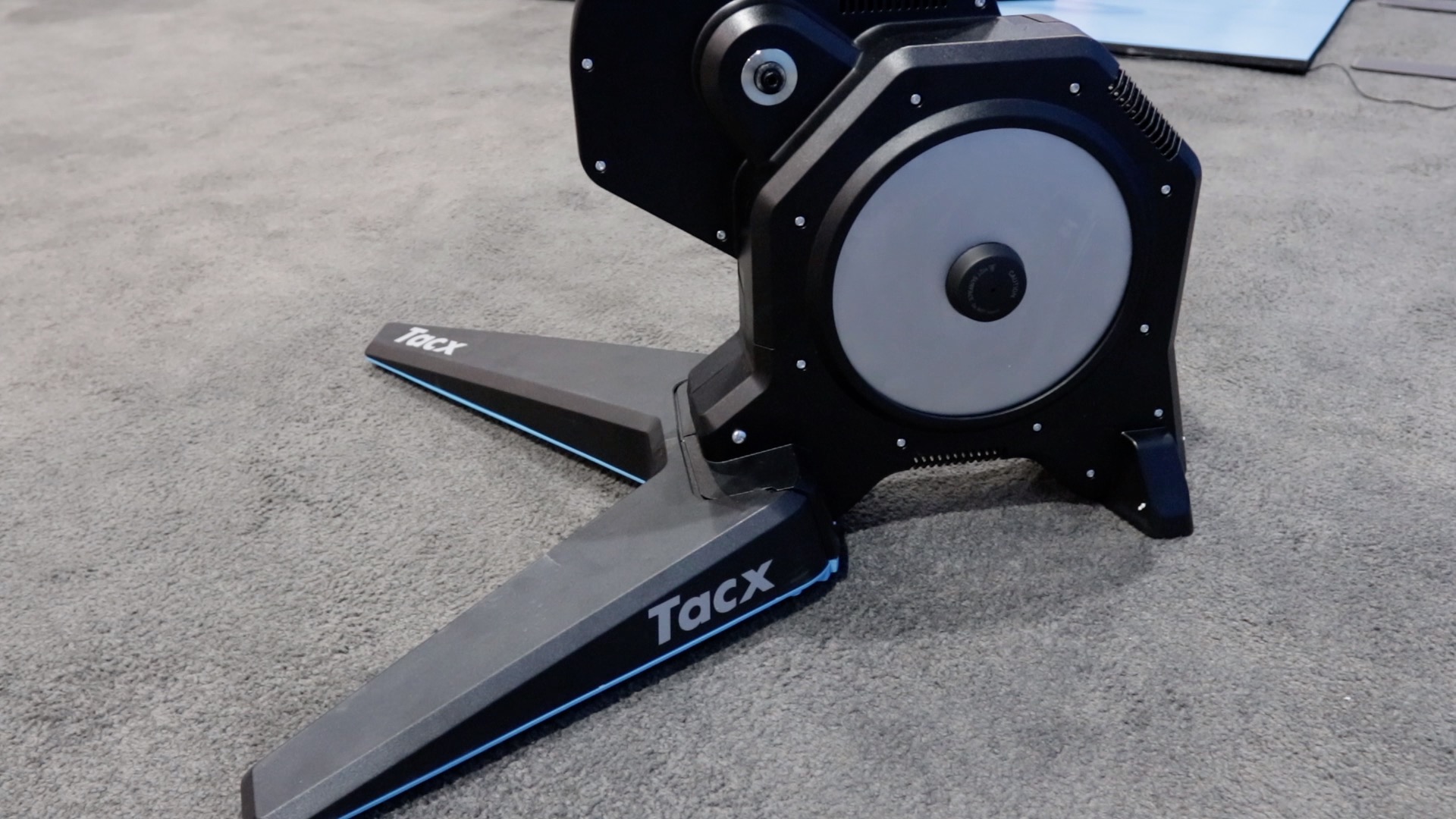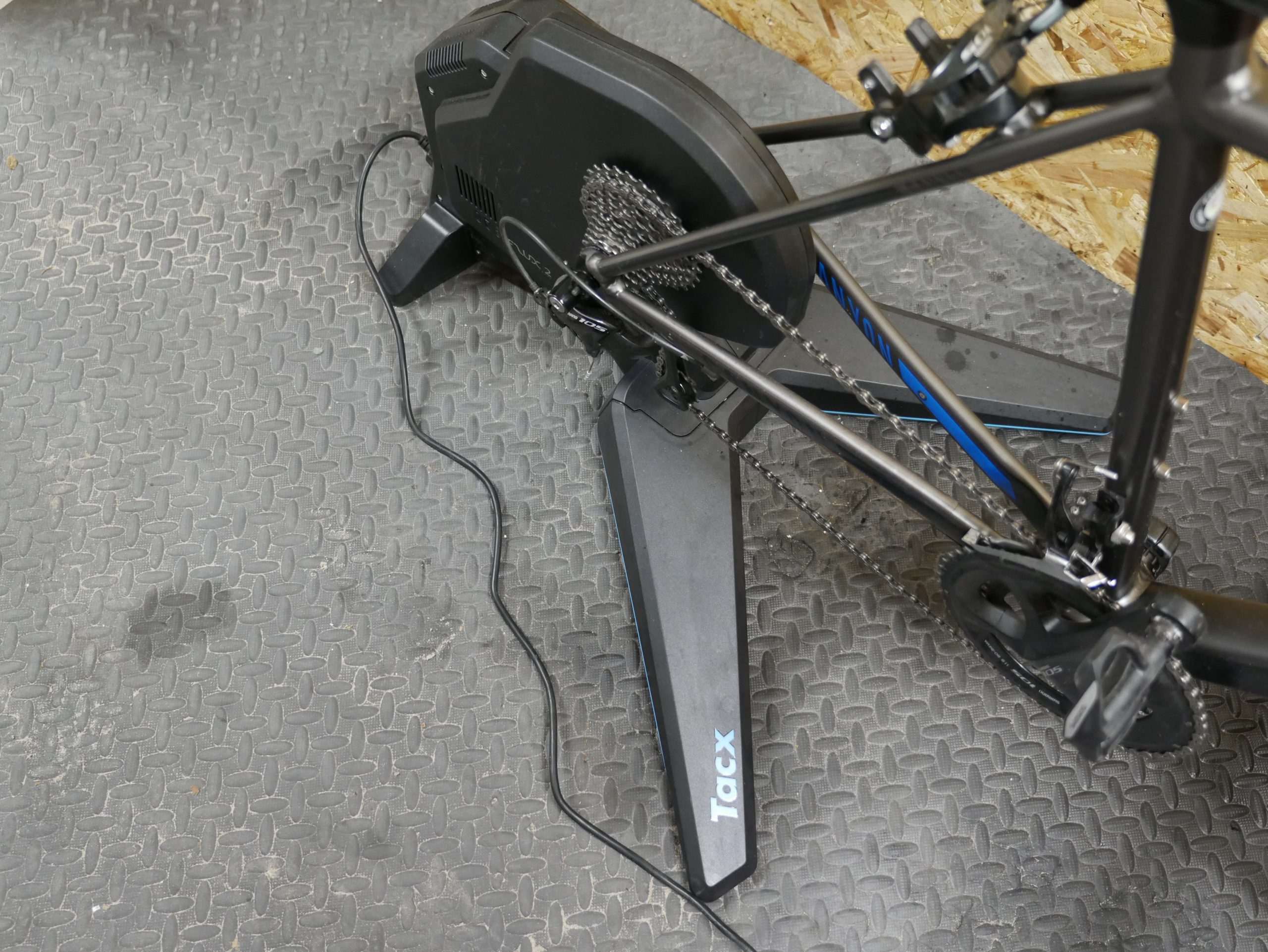

Once you perform the initial calibration, you should be all set for a while. Before you perform calibration, warm up the trainer for about 10 minutes. The calibration can be done using the Tacx Utility app as well. Once you ensure you have the latest firmware, you need to run the calibration to ensure the brake is set properly. The firmware can be updated wirelessly using the Tacx utility app and you will be prompted to upgrade if there is a new version.

Once assembled, you should pair it to the Tacx utility app available for iOS and Android devices to check to see if there is a new firmware available. If you need a cassette plier, the Feedback Sports cassette plier and Cassette Wrench are one of my favorite and easy to use.

You can purchase an 11-speed Shimano 105 cassette for about $45 but if you are still on a 10-speed cassette then you can save a few dollars and get a 10-speed Shimano 105 cassette for about $50. Campagnolo is compatible but you need to get a separate adapter. The Flux is compatible with 8-11 speed Shimano and SRAM.
TACX FLUX 2 FOR SALE INSTALL
The legs are simple to install and took me a few minutes to do.Īlso, you need to provide your own cassette and install it. When you take the Flux 2 out of the box, you will find the trainer, power cord, manuals, and all the tools you need to put the legs together. Here is the a spec table between the Flux S and Flux 2: ASSEMBLY & CALIBRATION The Flux 2 also costs $150 more than the Flux S The Flux 2 offers a little more power, heavier flywheel, better advertised accuracy, more slope support, and Tacx is including the 142mm & 148mm adapters with the Flux 2. You can read my review of the Flux S here. Tacx announced the Flux 2, then introduced a slighly modified and updated version of the original Flux and called it Flux S.


 0 kommentar(er)
0 kommentar(er)
